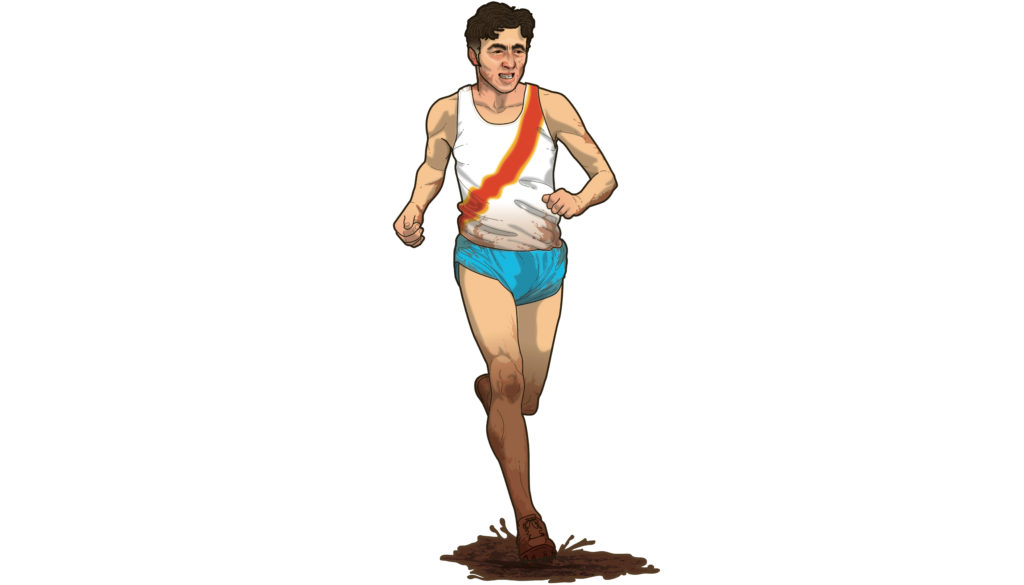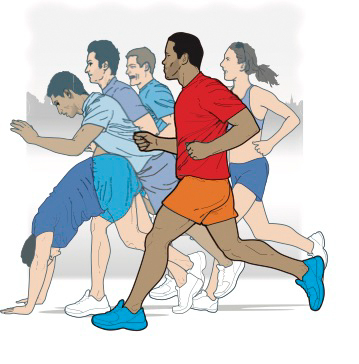It would be difficult to sell this sort of thing to someone who doesn’t run. But to the 20 of us gathered on a cold Tuesday night in south London, it makes perfect sense.
What we’re doing, you see, is this: we run as fast as we can for precisely two minutes and 30 seconds. We then stop for exactly one minute – to put hands on knees, gasp for air, look at each other with “what are we doing with our lives” expressions” etc – before repeating the process (in the opposite direction to spice things up) 10 times over.
This sort of session always follows a familiar pattern. The first few reps are a breeze – I’m running tall, relaxed and in control. By the fourth or fifth, breathing becomes a bit more laboured; legs begin to feel a little heavier, but all remains relatively in control.
It’s around the sixth rep that the wheels begin to fall off. Sections of path once so short morph into endless stretches, the tiniest incline becomes a Category 5 climb, and all but the very canniest of runners curse themselves for starting way too quickly.
By rep seven, the self-bargaining begins to spiral out of control: “One more rep and you can call it a night;” “Make it to that lamppost and call it a night;” “On the count of three, call it a night.”
Somehow, though, when you reach the count of three, or the lamppost, or the end of the rep, you keep going. Despite feeling on the brink of actual death, something deep inside compels you to see it out.
And, before you know it, you’re on the final rep. Against all the odds, you staved off spontaneous combustion and now you’re charging down the home straight as if your life depends on it.
Then the whistle blows. Time’s up. End of session.
You’re on the verge of collapse, yet a tiny thought remains: could you have tried harder?







